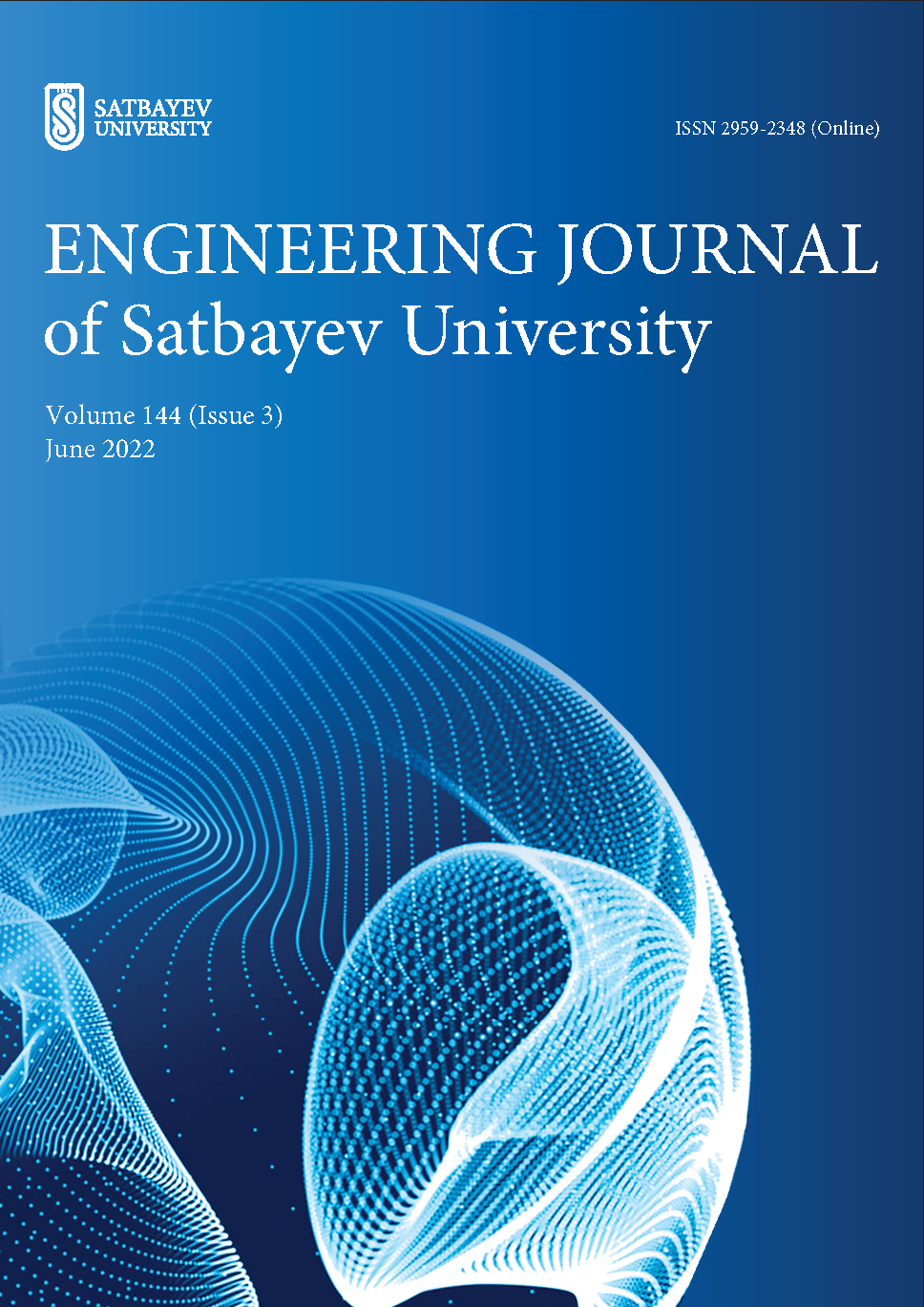Modeling of PVT properties within the Taisogan block on the example of the Uaz, Uaz East, Uaz North fields
DOI:
https://doi.org/10.51301/ejsu.2022.i3.07Keywords:
field, experiment, PVT modelAbstract
The availability of reliable data on the PVT properties of reservoir fluids plays a leading role in calculating the reserves of oil and gas reservoirs, estimating the oil recovery factor, well testing, numerical reservoir modeling and for making informed decisions in field development design. In practice, the results of field, laboratory and theoretical studies are used simultaneously to substantiate the properties of natural hydrocarbon mixtures. At each of the noted stages, specialists strive to increase the reliability of the data obtained and develop methods for their interpretation. Determining the properties of reservoir fluids of an oil field is a prerequisite for the effective use of various methods of influencing the bottomhole zone of wells, selection of equipment for well operation. The properties of reservoir fluids are determined by various thermobaric conditions and change depending on the current state of the reservoir and the characteristics of reservoir pressure changes. All known methods for determining the properties of formation fluids are divided into two groups: experimental and computational. Each of the groups has both advantages and certain disadvantages.
Downloads
Published
How to Cite
Issue
Section
License
Copyright (c) 2022 Engineering Journal of Satbayev University

This work is licensed under a Creative Commons Attribution-NonCommercial-NoDerivatives 4.0 International License.
<div class="pkpfooter-son">
<a rel="license" href="http://creativecommons.org/licenses/by-nc/4.0/"><img alt="Creative Commons License" style="border-width:0" src="https://i.creativecommons.org/l/by-nc/4.0/80x15.png"></a><br>This work is licensed under a <a rel="license" href="http://creativecommons.org/licenses/by-nc/4.0/">Creative Commons Attribution-NonCommercial 4.0 International License</a>.
</div>





